Oslo’s National Museum of Norway, the largest museum in the Nordic countries, opened to the public in the early summer of 2022. Located on Oslo’s waterfront, the new museum merges four of Norway’s major art and design institutions under one roof. Covering an area of 54,600 square metres, it has 13,000 square metres of exhibition space.
The museum holds, conserves, exhibits and promotes public knowledge about Norway’s largest collections of art, architecture and design.
A year after opening, the museum's director of communications, Eirik Kydland, speaks to blooloop about the ambitious undertaking, which took eight years to come to fruition.
“Five former institutions make up the National Museum of Norway,” he explains. “Between 2003 and 2005, the Oslo Museum of Contemporary Art, the National Museum of Architecture, the Museum of Arts and Crafts, the National Gallery, and the touring exhibition program merged together as one institution.”
The goal was to bring all the collections under one roof.
“That was a process that started in 2003,” he says. “It involved almost 20 years of political decisions and discussions back and forth on topics like location and concepts and so on. The assignment was given to the German architect Klaus Schuwerk, and the construction period has lasted for the last seven or eight years.”
The National Museum of Norway's vast collection
The National Museum of Norway opened in June 2022, after delays both in the construction process and due to the pandemic.
“It’s a huge investment in art, architecture, and design on the part of the Norwegian state,” Kydland comments. “In the first five months, we had over 500,000 visitors.”
The new museum has brought almost the whole of Norway's cultural heritage into one place and made it accessible.
“This collection is the core of everything we do as a museum,” he says. “The mission given to us by the state is to preserve, to research, to show and to make accessible this large collection of art, architecture and design.”
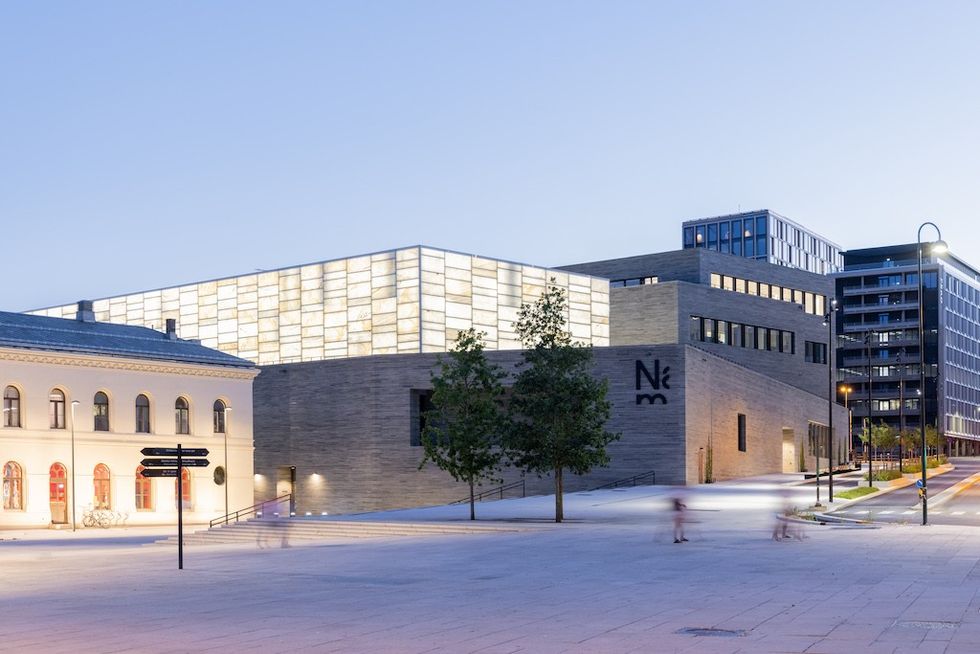
The collection consists of around 400,000 objects:
“They date from antiquity up until today. We have contemporary art, sculptures, and arts and crafts from the whole of Norway’s history. We also have international names like Monet in our collection."
There is also contemporary fashion and furniture design.
The museum holds a large, complex and varied collection says Kydland:
"One of the main ideas behind the museum was to bring all these different art genres together to tell a story about Norwegian art history and how it has formed us as a nation, but also how it is connected to the international art world and history, as well.
"The other main purpose is that the new museum should be a meeting place for everyone. It's a venue for activities, concerts, artists’ talks, food and drink. We want it to be an open place in the middle of Oslo where everyone can enjoy art, or just enjoy this beautiful building and this site.”
Reaching new audiences
It is always challenging for museums to reach new and under-served audiences. However, the National Museum of Norway has some innovative forms of engagement. In the run-up to opening, the Art Comes Home project took key highlights from the collection on tour around Norway. The museum collaborated with other exhibition venues to invite the public into the museum's new home.
Kydland explains:
“As the National Museum, we are the entire country’s museum. Norway is not a big country, but it's quite long, and we have different regions, so it's a widespread country. That's a challenge. We need to focus on how we can make this museum in Oslo and its collection relevant to the entire country. We wanted to make the opening event a big happening for everyone in Norway, even though it took place in the capital."
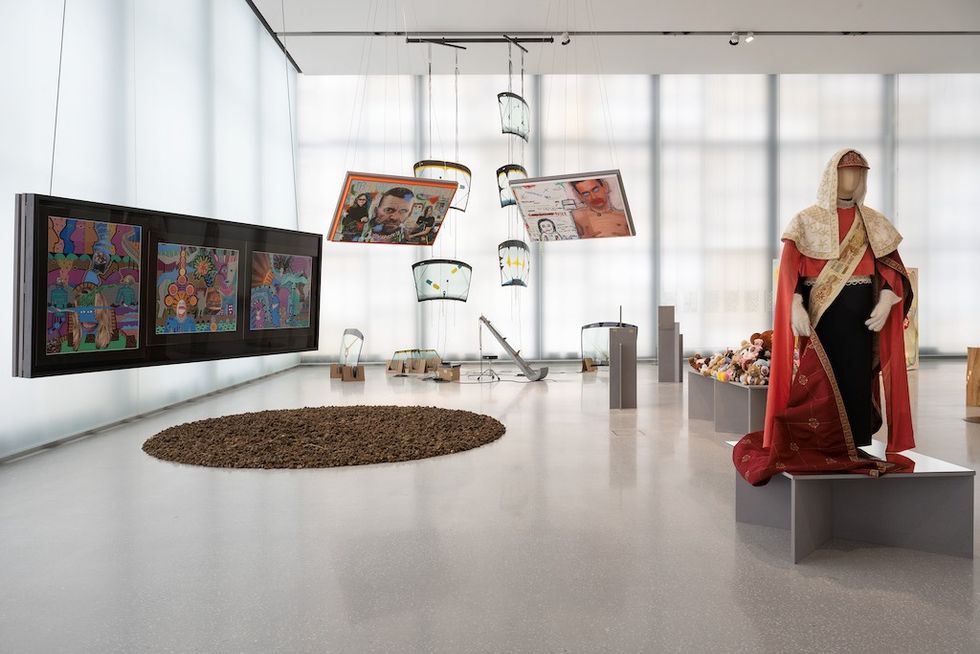
"At the same time, we have a strategic goal to make everyone in Norway feel that this collection belongs to everyone.
"We experienced two delays. The museum was initially supposed to open in 2020, then it was delayed until 2021, and then until 2022. We had to do something to create engagement, to make this collection of art accessible for the entire country, and to build up to our opening.
"The idea was that the National Museum collection of art, architecture and design has roots all over the country. We believe that, wherever you are from, wherever you live right now, or wherever you're going, there will always be an artwork or a story in our collection that is relevant to you. That was the main concept."
Taking the art to the people
When the National Museum of Norway was continually delayed, the team realised that they had to do something:
"Everyone in the museum got together: conservators, curators, security, everyone - to put up two different tours. For one of them, we sent a really iconic Norwegian painting called Brudeferd i Hardanger (Bridal Procession on the Hardangerfjord) by Tidemand and Gude. It’s not a very well-known painting outside Norway. But for everyone that lives in Norway, it is on every postcard, in every small book everywhere.
"We wanted to send this painting to places where art normally isn't shown.”
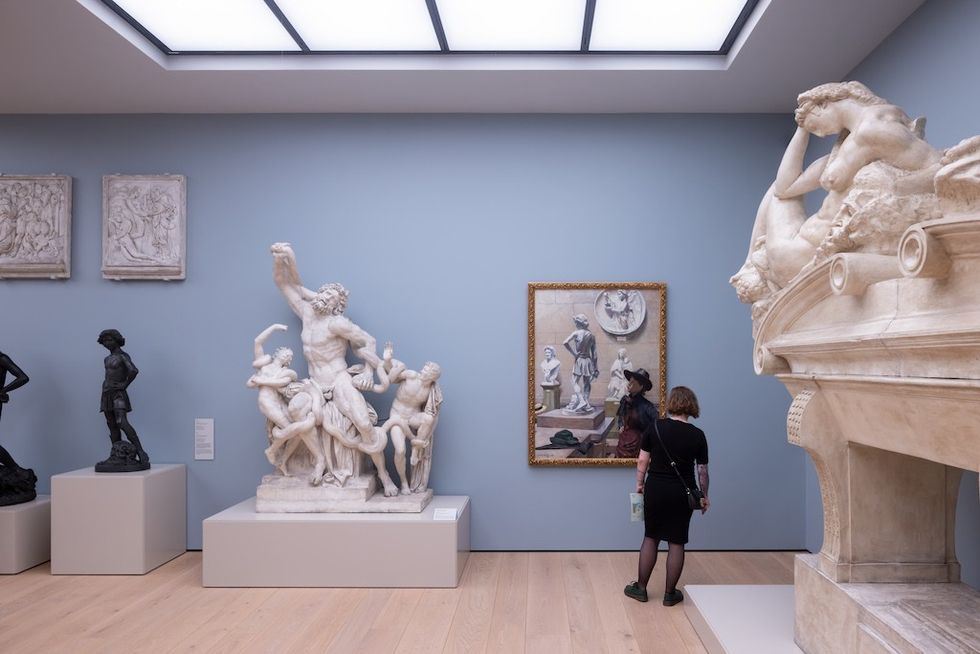
It was also a priority to reach people for whom art was, perhaps, inaccessible:
“We sent it to a prison, and to a refugee camp, we sent it to a home for the elderly, and a school class. We also did some more stunt-like showings – at a restaurant under the surface of the sea, for instance.”
Everywhere it went, the art was supported by an educational programme. This put it in context for the people that were able to see it.
“We also chose 17 art pieces from the collection and sent them around the locations where they had a geographical or historical connection. These exhibitions each lasted for a day, and they were open to everyone. Huge gatherings of people experienced the art coming home.”
New ways to fulfil the National Museum of Norway's mission
Kydland adds:
“By doing this, we got in touch with so many people. We got so many good stories. People were moved and engaged. There was so much life generated around the artwork. It was amazing to travel around meeting people, collecting all these stories, and creating this emotional, intellectual, geographical or historical bond between people and artworks.”
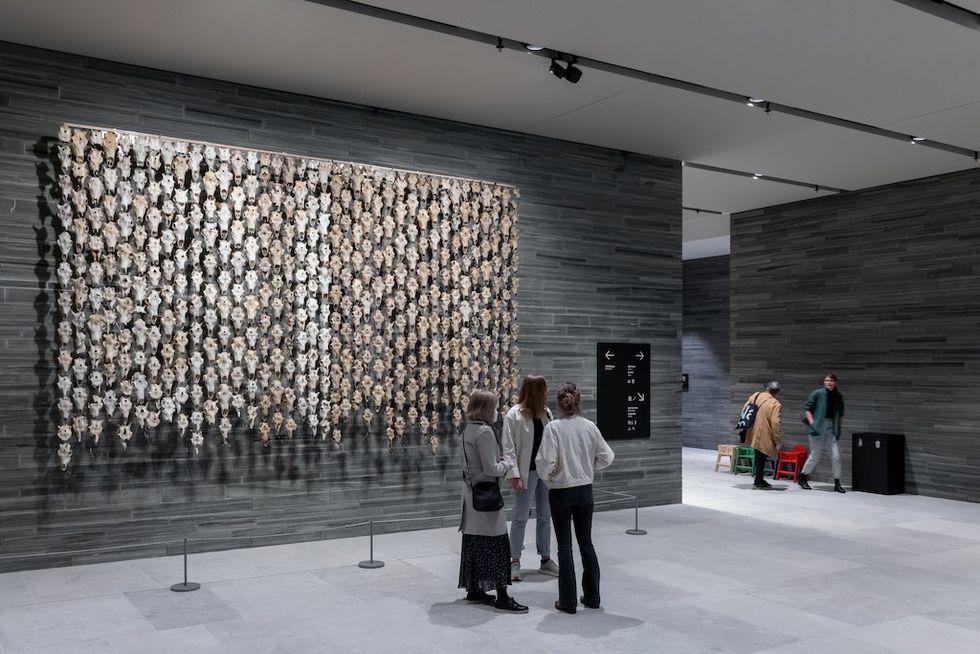
He illustrates this with an example:
“One lady in a town up north became aware of the tour. She was housebound, and wasn't able to go to any of these shows, and knew she wouldn’t be able to get to the opening in June, either. She wrote on the museum's Facebook page that she loved the idea and was so sad that she wouldn’t be able to see the painting.
"We were able to reroute the art transport to her home and surprise her. The director of the museum showed up at her door, and she got her own private exhibition in her garden.”
It was important, Kydland explains, to fulfil the museum’s mission like this:
“We also got so much back from it,” he adds. “We learned a lot about the value of what we’re doing, about what the collection actually means to people, and about the potential there is for us.”
Ambitious programming
He turns to the exhibition programming at the National Museum of Norway:
“We are a museum of art, architecture and design, and we are also the museum of the whole of Norway. At the same time, we have been given this amazing building, and we get a lot of international attention as well. So, the programming needs to reflect that and encompass a whole range, including some international blockbusters. "
"We need to make sure that we program architecture. We have to cover fashion design, and we have to cover the entire range of art, historical and contemporary.”
In short:
“We have to do everything, basically. But we are ambitious. From an international perspective, we are planning a big Mark Rothko show for later in 2023 in collaboration with the National Gallery in Washington DC, and also a big Frida Kahlo show, with the Mexican state.”
Putting Oslo on the international cultural map
Having a museum that covers such a huge section of art history is, he says a fun challenge to have:
“We are so privileged to be able to work in a new building expressly created with the sole purpose of allowing our team to do exactly this job,” he says:
“In Norway, the Munch Museum also opened recently (in 2021), and so did a new public library (in 2020). So, we have had three new cultural buildings in Oslo over the last few years. In addition to that, we have a really buzzing art scene with a lot of smaller museums and galleries. We feel Oslo has great potential to become a new international cultural destination, which is really interesting.”
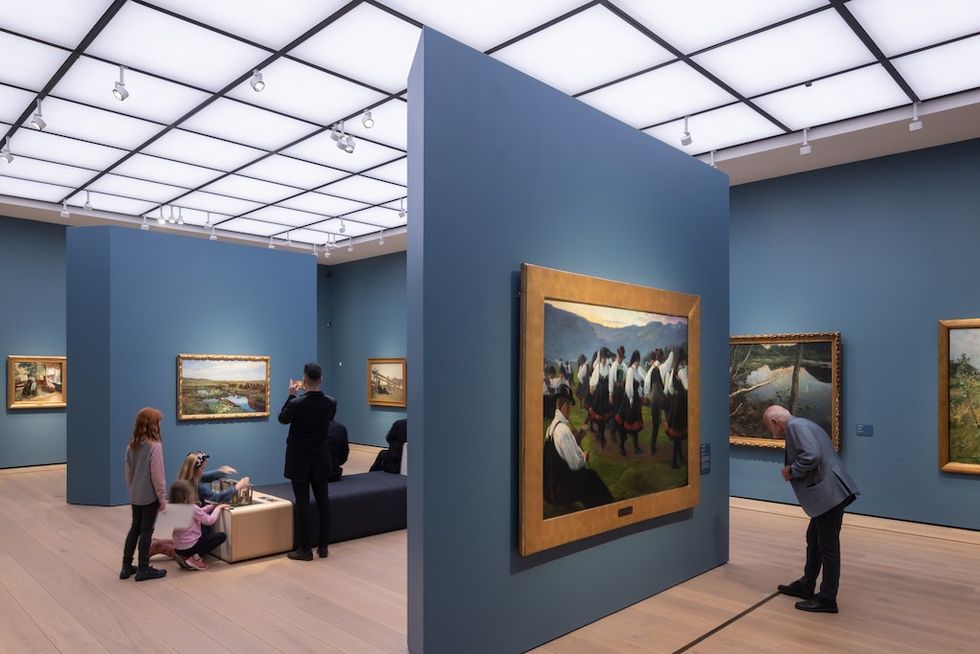
The National Museum of Norway is working together with other institutions and also on a state and municipality level towards exploring branding with this as an objective.
The National Museum of Norway's digital strategy
For the moment, though post-pandemic travel trends remain predominantly domestic, numbers are good:
“We are hoping for the Asian and American markets as things progress,” he says.
The museum’s digital strategy reaches a further audience:
“We have several projects,” he comments. “We are, of course, really active on social media, and have been working to create the right profile there for us. This is connected with our mission, and is about making the collection accessible.”
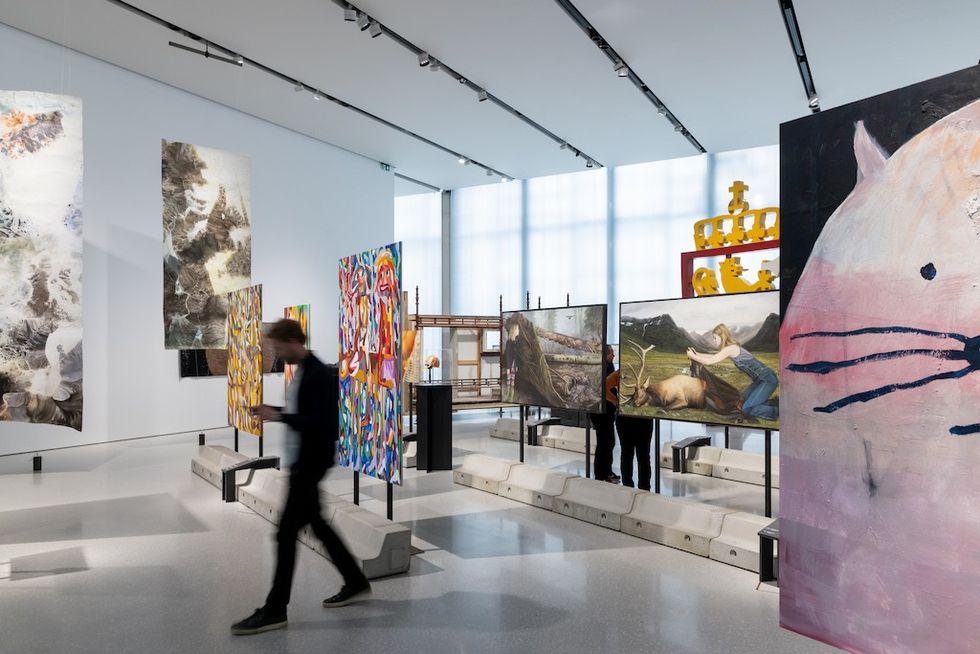
The museum has a digital collection:
“Around 50,000 of the artworks are available digitally. This is a means by which we want to be able to spread the artwork nationally. It’s also something we use very actively in our social media strategy, but we also, every now and then, try to connect the artworks or the project that we are doing to issues that people are discussing.
"Beyond this, of course, our main strategy is to make the collection accessible in different ways.”
The museum also has a guide app:
“We like people to use this application before they get here to plan their visit. They can use it afterwards, too, to reflect and make their own collections digitally, and so on.
Experimenting with new channels
The digital strategy is an interesting way to expand the museum’s reach.
"We are also having fun experimenting with TikTok to engage with people. We had a TikTok campaign when we opened the museum."
@nasjonalmuseet Team Green eller Team Black? #houseofthedragon #hotd #nasjonalmuseet
“Everyone's more or less digital, but within the digital field there are several target groups,” he comments. “The work across communication, marketing and social media is constantly evolving. I think as a national institution we don’t necessarily need to be always leading the way, perhaps, but we do need to be aware, and prepared to learn, and, every now and then, to try something new - like, for instance, TikTok - just to understand what it is and if it is a tool for us.”
Exhibitions at the National Museum of Norway
Exhibitions currently showing at the museum include Louise Bourgeois. Imaginary Conversations which runs from 6 May to 6 August 2023. Louise Bourgeois (1911–2010), one of the great names of 20th-century art, rather than confining herself to a single artistic movement, explored a variety of styles and techniques with a competence few other artists can match.
This exhibition sets her career against a range of interlocutors, past and present, whose work she engaged with as well as many others who engaged with hers. Her personal and emotional works are put in dialogue with artists like Edvard Munch, Marie Laurencin, Pablo Picasso, Alberto Giacometti, Arshile Gorky, Louise Nevelson, Senga Nengudi, Alina Szapocznikow, Seni Awa Camara, Nan Goldin, Robert Gober, and Rosemarie Trockel.
From 31 March to 20 August, the museum is hosting a retrospective exhibition called ThorvaldHellesen. Pioneering Cubism. 104 years after the initially brutal reception of his art in Norway, Thorvald Hellesen (1888–1937) receives his first dedicated museum exhibition. Norway’s first cubist, Hellesen lived much of his adult life in Paris.
Top image credit Iwan Baan


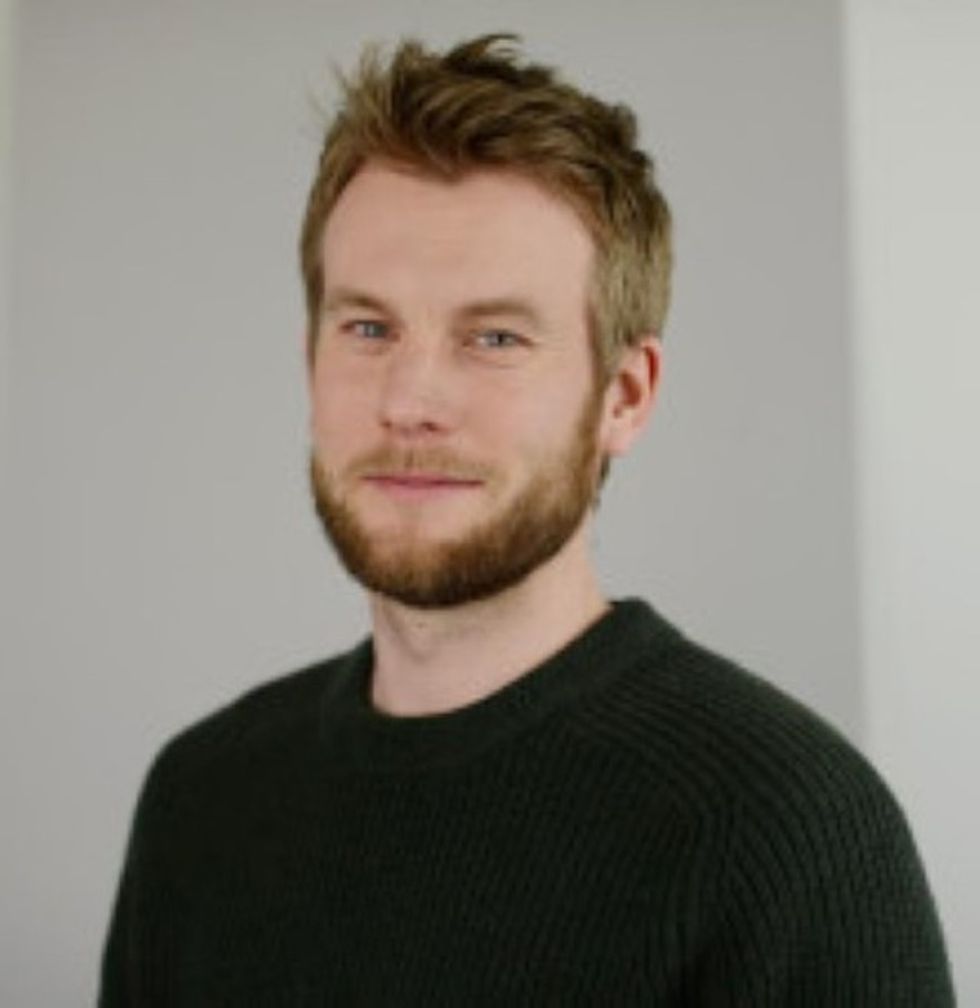
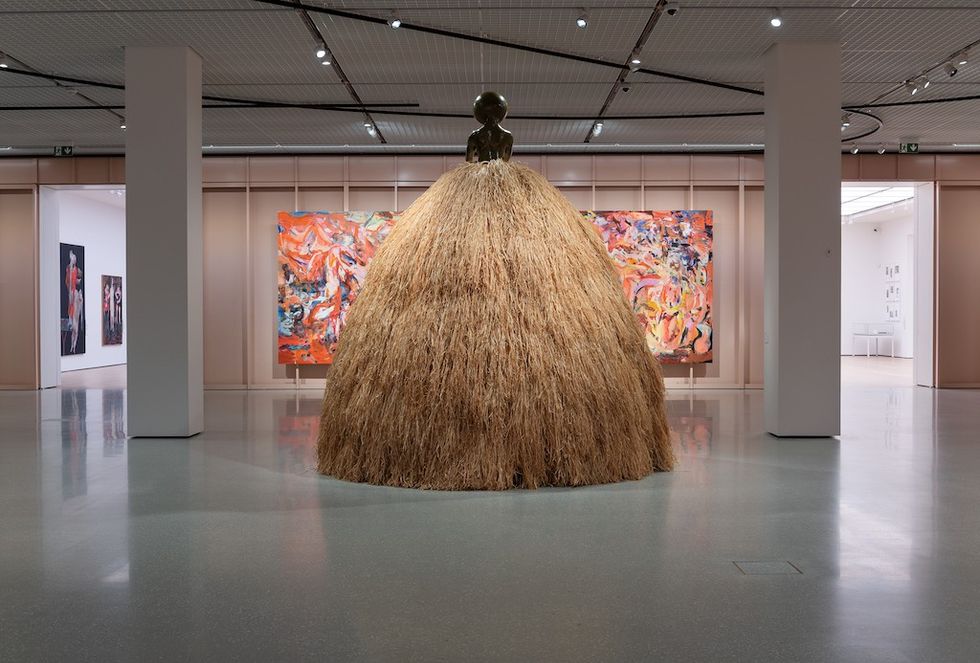
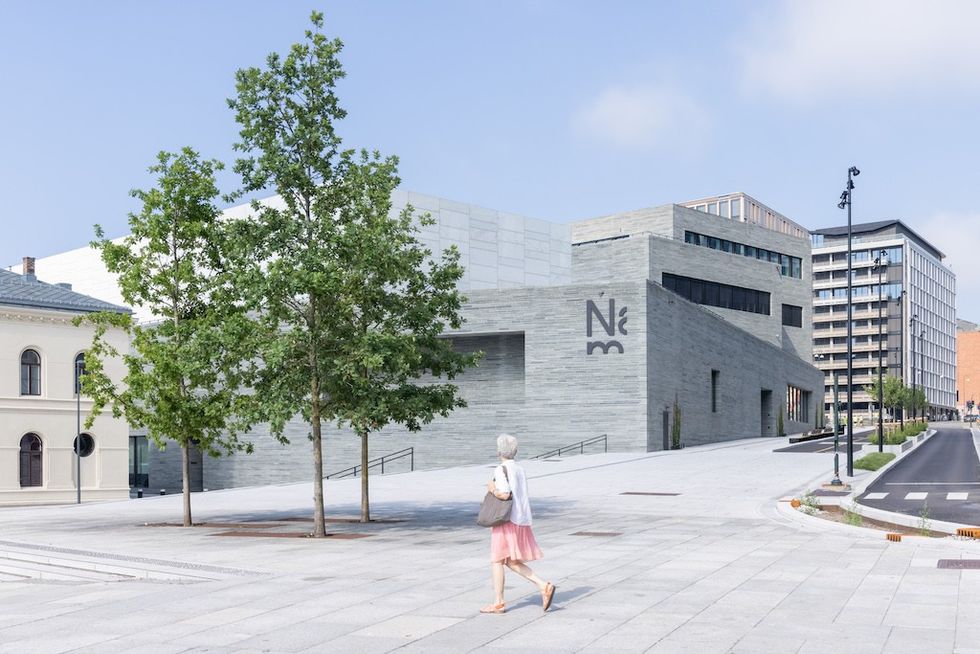
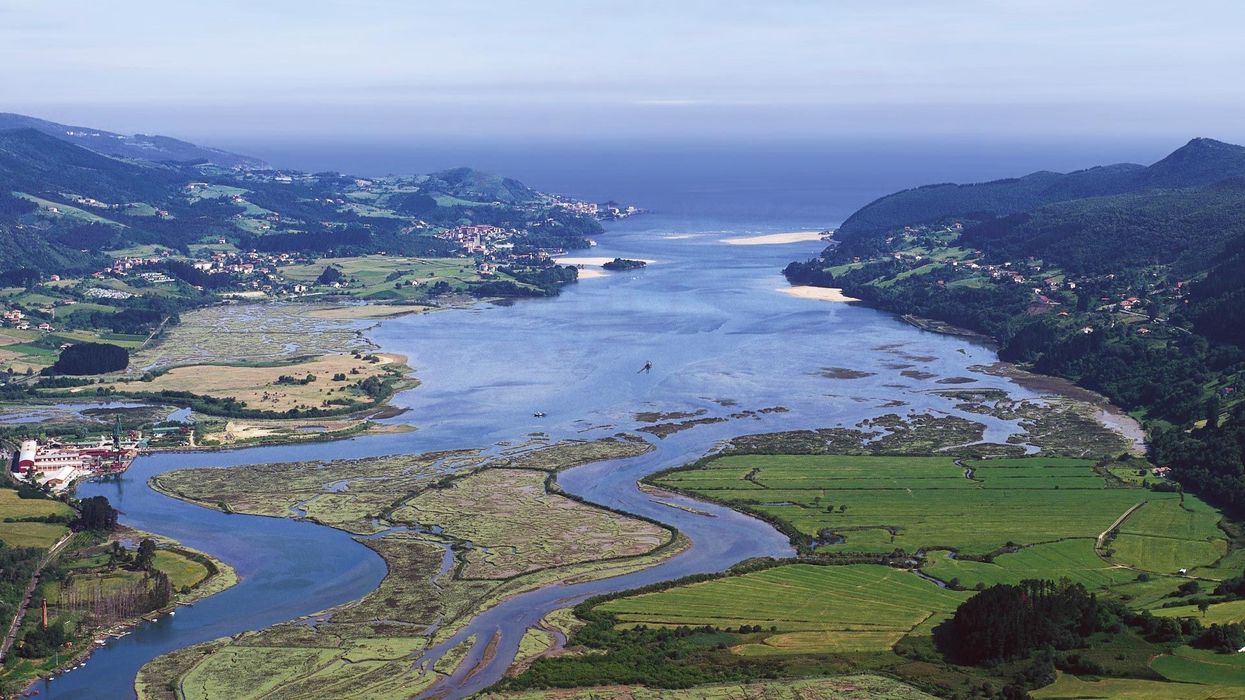
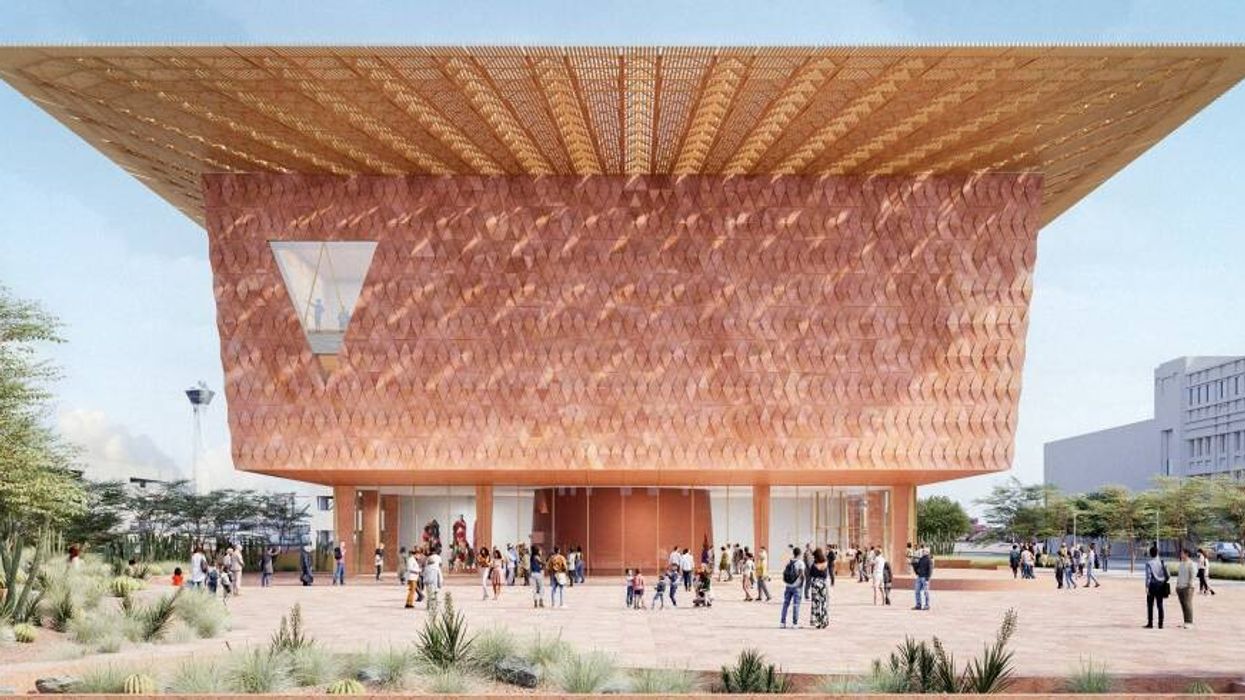

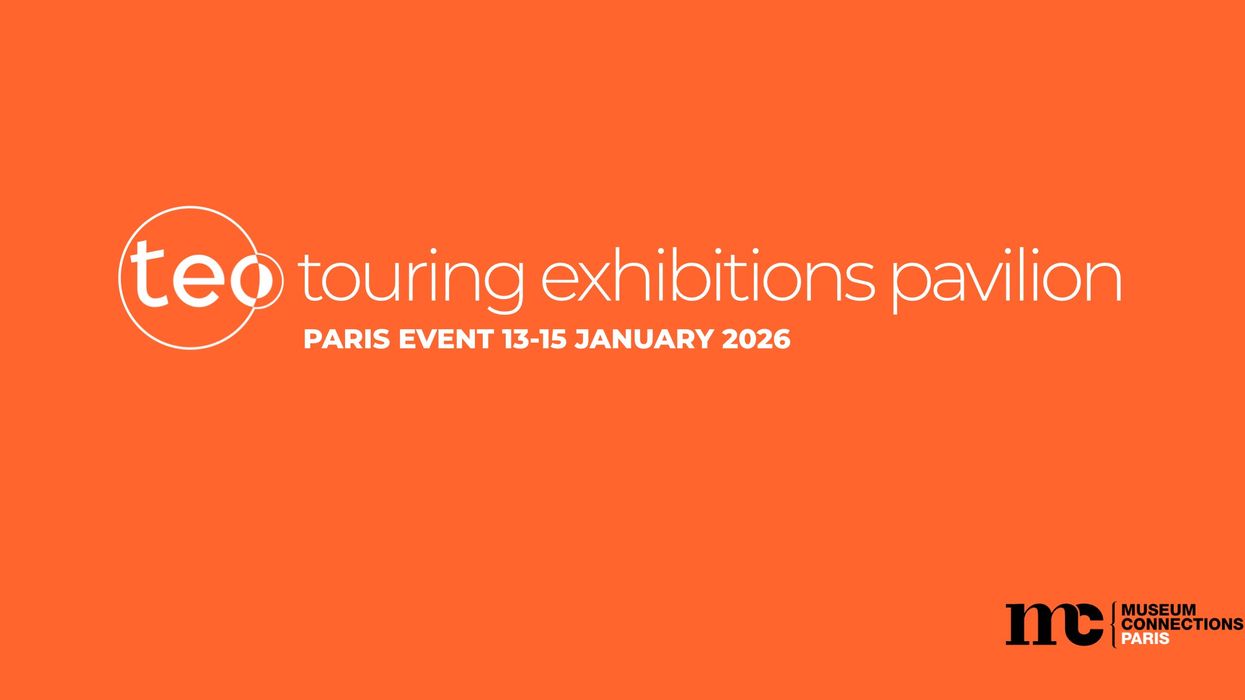

 TM Lim and Adam Wales
TM Lim and Adam Wales



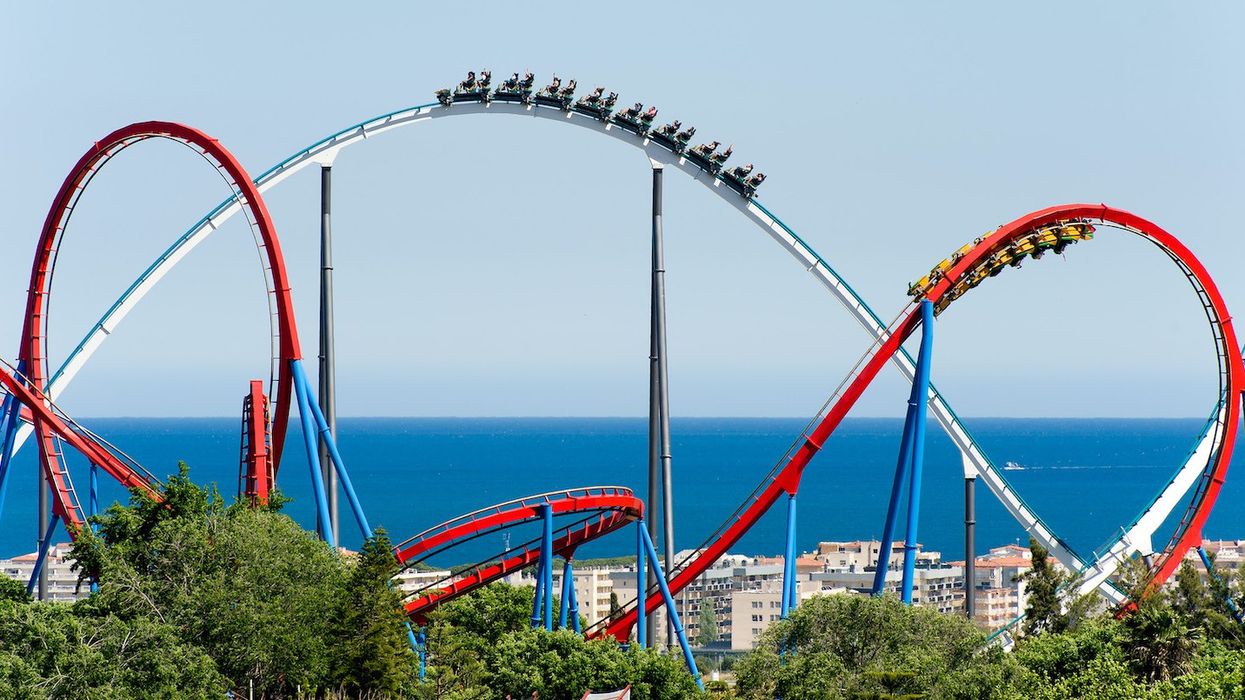





 Toby Harris
Toby Harris Hijingo
Hijingo Flight Club, Washington D.C.
Flight Club, Washington D.C.
 Flight Club Philadelphia
Flight Club Philadelphia Flight Club Philadelphia
Flight Club Philadelphia Bounce
Bounce Hijingo
Hijingo Bounce
Bounce
 Fernando Eiroa
Fernando Eiroa











 Nickelodeon Land at Parque de Atracciones de Madrid
Nickelodeon Land at Parque de Atracciones de Madrid Raging Waters
Raging Waters  Mirabilandia's iSpeed coaster
Mirabilandia's iSpeed coaster Parque de Atracciones de Madrid
Parque de Atracciones de Madrid Ferracci at the ribbon-cutting ceremony for Nickelodeon Land at Mirabilandia, with (left) Marie Marks, senior VP of global experiences for Paramount and (cutting the ribbon) Sabrina Mangina, GM at Mirabilandia
Ferracci at the ribbon-cutting ceremony for Nickelodeon Land at Mirabilandia, with (left) Marie Marks, senior VP of global experiences for Paramount and (cutting the ribbon) Sabrina Mangina, GM at Mirabilandia Tropical Islands OHANA hotel
Tropical Islands OHANA hotel Elephants at Blackpool Zoo
Elephants at Blackpool Zoo  Tusenfryd
Tusenfryd
 Andrew Thomas, Jason Aldous and Rik Athorne
Andrew Thomas, Jason Aldous and Rik Athorne







